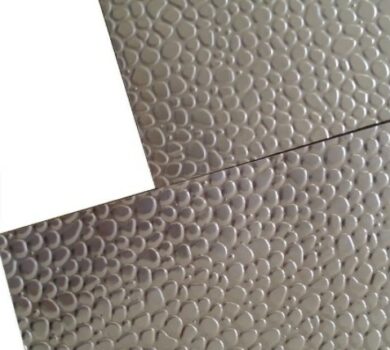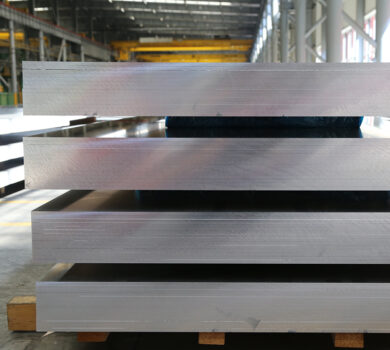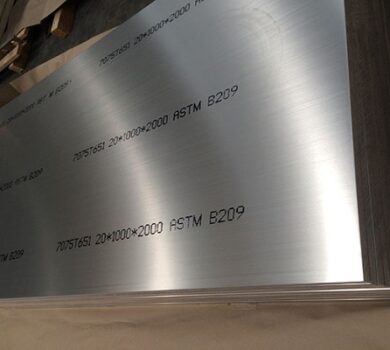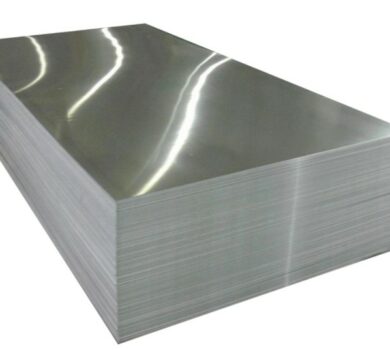Strength, low density, corrosion resistance, and thermal conductivity are some of the remarkable properties of aluminum. Their versatility benefits the application in various industries, from aerospace to construction. But have you ever wondered how this material transforms from raw bauxite into a pristine aluminum sheet?
In this comprehensive guide, we will delve into a more detailed step-by-step aluminum sheet manufacturing process.
What is bauxite and alumina?
Bauxite is a naturally occurring mineral or rock composed primarily of aluminum oxide minerals, along with various impurities such as iron oxides, silica, and other compounds. Depending on its composition and impurities, they typically range in color from reddish-brown to white.
While alumina or aluminum oxide (AI203), is a chemical compound derived from oxide through a refining process. It is a white, odorless, crystalline powder that is highly stable and has various industrial applications.
Step-by-step Aluminum Sheet Manufacturing Process
From Bauxite to Alumina
Bauxite is extracted through open-fit mining or underground mining techniques and then transported to refineries. This process involves crushing and grinding bauxite into a fine powder, then subjecting it to high-temperature digestion with sodium hydroxide which precipitates aluminum hydroxide. After this process, the remaining liquid contains dissolved alumina.
The alumina will dissolve in molten cryolite and be subjected to an electric current which is called the electrolysis process that causes aluminum ions to migrate to the cathode, where they are reduced to form liquid aluminum. Oxygen ions migrate to the anode, forming carbon dioxide and releasing oxygen gas.
Shaping Aluminum Sheet from Liquid Metal
Our next step is to shape it into sheets now that we have liquid aluminum. They are cast into large rectangular shapes known as ingots or billets to let them cool and solidify. The homogenization process takes place to ensure uniformity. This involves heating to a specific temperature to remove chemical variations before undergoing scalping. This is where the surface layers are removed to eliminate impurities and irregularities.
The ingots are heated and passed through rolling mills to reduce their thickness and lengthen them. This can be done repeated times with intermediate annealing to maintain flexibility and prevent brittleness. Once the desired thickness is achieved, they are trimmed to the desired width. Depending on the intended application, they can be slit into multiple coils or cut into sheets.
Treatment and Quality Assurance
The process of manufacturing aluminum sheets doesn’t end in rolling and trimming. They are enhanced through various treatments.
They increase ductility and remove unnecessary stresses by annealing, which involves heating aluminum. They undergo various surface treatments, including anodizing, painting, or coating, depending on the application. Quality control measures are also implemented throughout the manufacturing process to ensure the aluminum sheets meet specific standards and customer requirements. This includes checking for thickness uniformity, surface defects, and overall integrity.
Conclusion
To unlock the full potential of aluminum sheets, they have undergone complex and precise processes from bauxite to this remarkable metal. Understanding the manufacturing process allows us to appreciate the art and science behind this essential material. These aluminum sheets continue to shape the way we live, work, and innovate spanning across industries.







